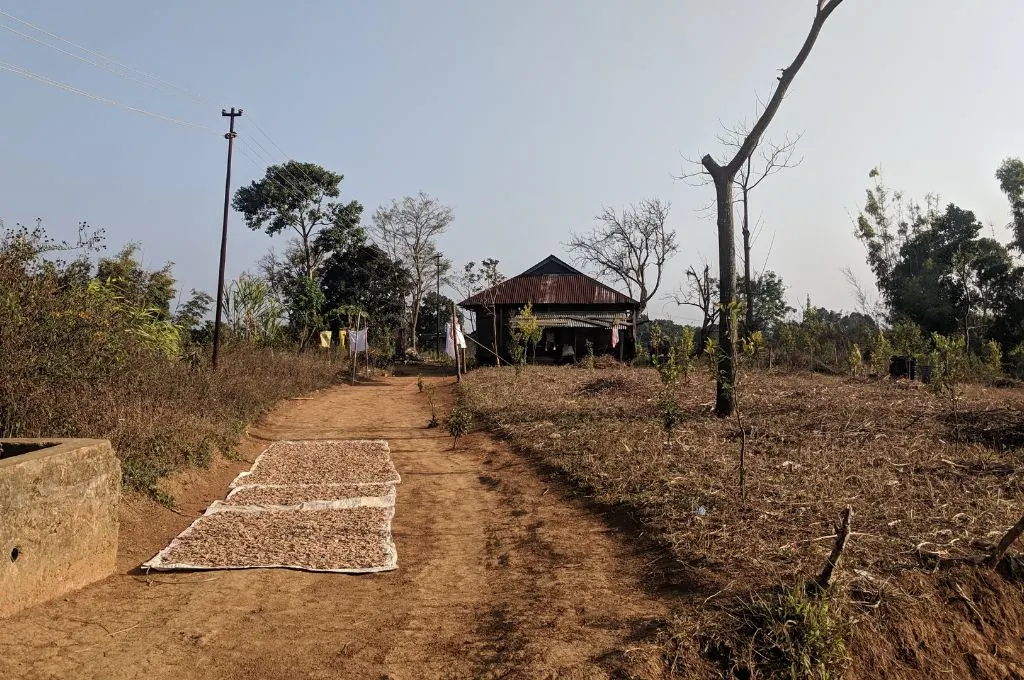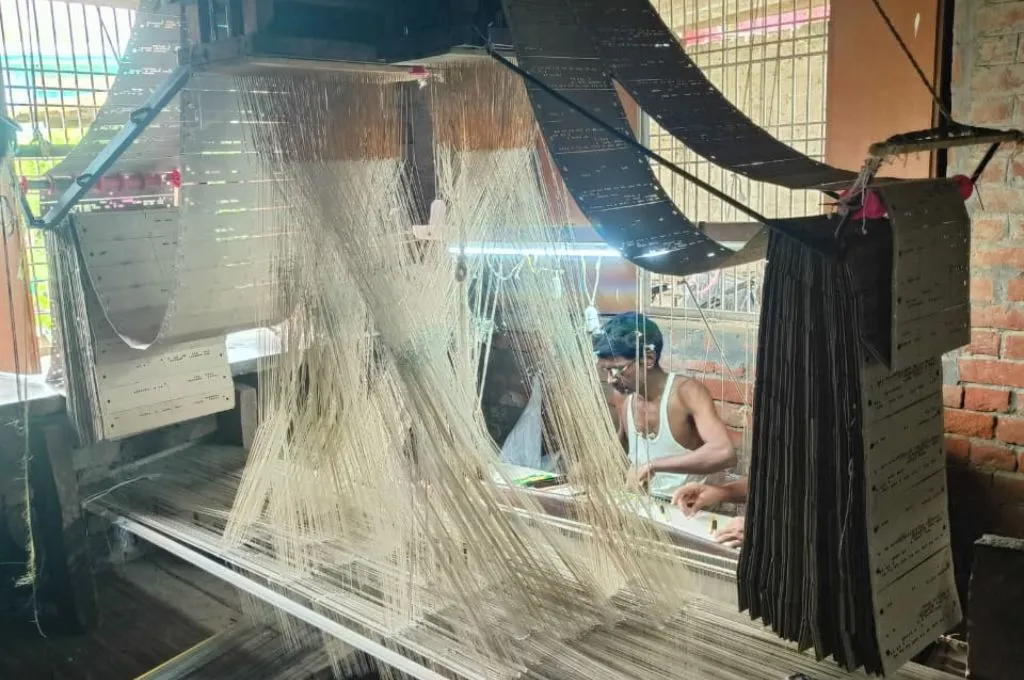Lachung at a crossroads: What development means for a Sikkim village

I’m part of the village assembly in Lachung, North Sikkim. As a village that is located near India’s borders with China and Bhutan, we have witnessed major changes in our area over the years. While there is already a significant military presence in the region, new development and infrastructure projects are being introduced that are posing a challenge for us and the area at large.
A few years back, the government launched the Vibrant Villages Programme, which aims to provide comprehensive development such as road connectivity, schools, livelihood generation, and other infrastructure to villages along India’s northern border. Lachung was among the villages where this programme was first launched. Initiatives such as these focus on building local infrastructure and livelihood opportunities so that people do not migrate away from these villages given their location.
While such development projects have not been as disruptive, in recent years road projects have been introduced in different parts of North Sikkim, including under the Bharatmala scheme, which involves building massive highways in border areas. If a three- or four-lane road is built in our district’s hilly and steep terrain, approximately 30 percent of the land could be destroyed. Even in cases where the widening of existing roads has been proposed, the damage could be multifold.

Despite this, government surveys have been completed in certain areas. While some people have expressed their concern over the potential damage to land that the projects can cause, some village communities have given no objection certificates (NOCs) for their land to be acquired. People’s houses are being demolished, and they have been given compensation for it.
In Lachung, this project is still in its survey stage, and our community has already raised objections. Our village headman, the pipon, has submitted representations to the Border Roads Organisation (BRO), pointing out that this is a fragile region where such large-scale projects are not feasible.
How do you say no to development that is urgently needed? At present, we have only one main road, and that too is in a bad condition. In fact, we have been asking the government to build proper roads for a long time. A smaller road where two vehicles can pass at a time is more than enough; it would meet transport needs while minimising damage.
A lot of these infrastructure projects will also require tunnelling, which is extremely risky. Even without such interventions, we are experiencing frequent landslides in North Sikkim. Streams have dried up or been blocked, and the weather is changing drastically. Winters that once brought regular snowfall now bring rain instead, and even October—a month that used to be pleasant—has seen floods and landslides in recent years that have further damaged our roads.
Because of these shifts, people are caught between the need for safe and sustainable infrastructure and the kinds of mega projects that are being proposed. While we understand the requirement for better connectivity, bigger roads and tunnels are not the answer in such a vulnerable landscape.

Hishey Lachungpa is part of the village assembly of Lachung, and has been a river activist for over 18 years.
—
Know more: Learn why three villages in Kashmir value wrestling over roads.
Do more: Connect with the author at hishey1981@gmail.com to learn more about and support his work.




